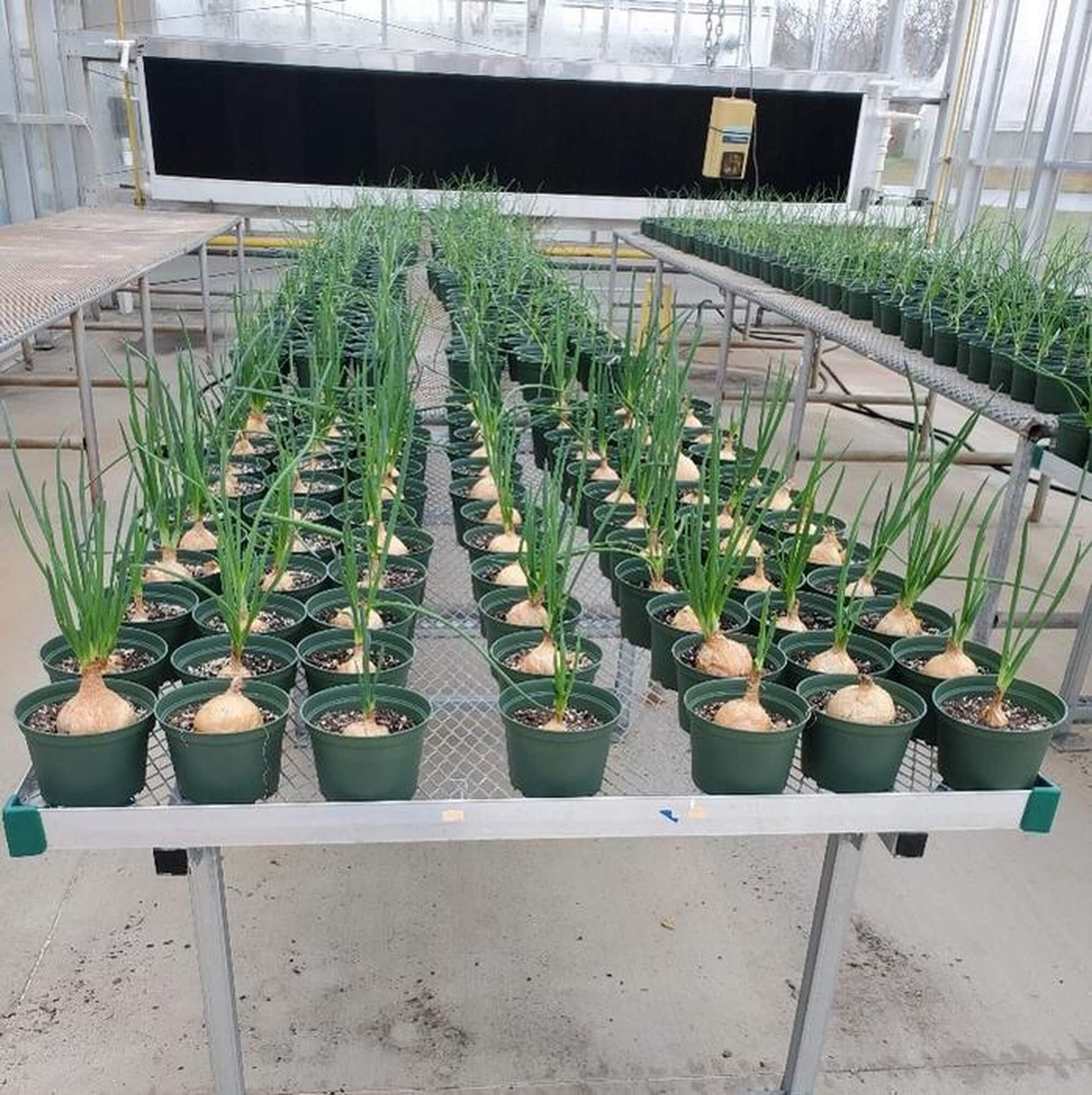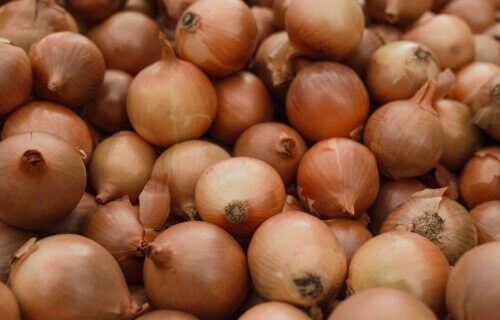ATHENS, Ga. — What would the world be like without sweet, Vidalia onions? Hopefully, we will never find out. The renowned Georgia onions are facing a grave threat from the bacterial pathogen Pantoea ananatis. This destructive pathogen causes severe rotting of onion bulbs and leaves, resulting in significant losses for Georgia’s onion growers. With no disease-resistant cultivars available, the situation is critical for the state’s onion industry. However, new genetic research many keep the crops from disappearing.
The culprits behind this devastation are the 11 genes within the HiVir cluster, responsible for producing the plant toxin pantaphos. However, the exact role of most genes in the cluster remains unknown, leaving much to be discovered about the infection process. In a determined effort to combat this agricultural crisis, Dr. Brian Kvikto and Dr. Bhabesh Dutta from the University of Georgia have spearheaded an intensive research program.
The study revealed that this gene cluster is prevalent in various onion-pathogenic P. ananatis strains. Intriguingly, natural mutations in these essential genes render the bacteria powerless to infect onions. Dr. Shin’s team devised a clever assay to isolate the toxin produced by the pathogen, and its application to other plants led to lesion formation. This suggests that the toxin may have broad-spectrum activity, potentially targeting vital functions or pathways within plants.

Pathogenicity assay of greenhouse-grown Vidalia onions studied in Dr. Kvitko’s lab. (Credit Dr. Kvitko’s lab)Despite this breakthrough, the exact mechanism by which the toxin induces lesions on different plant species remains a mystery.
“Identifying the specific target of the toxin holds great promise in developing pantaphos-resistant onion cultivars. This breakthrough would effectively alleviate the economic losses experienced by the onion industry,” Dr. Shin emphasizes in a media release.
The findings of this study provide exciting insights that bring scientists one step closer to safeguarding the iconic Vidalia onions from this devastating bacterial pathogen. With continued research, the development of disease-resistant onion cultivars may soon become a reality, securing the future of this beloved Georgia crop.
The study is published in the journal Molecular Plant-Microbe Interactions.
You might also be interested in:
- Regularly including onions, garlic in diet may lower breast cancer risk significantly
- Best Fast Food Onion Rings: Top 5 Savory Snacks, According To Foodies
- Climate change is boosting a worm that ravages vegetable crops worldwide

